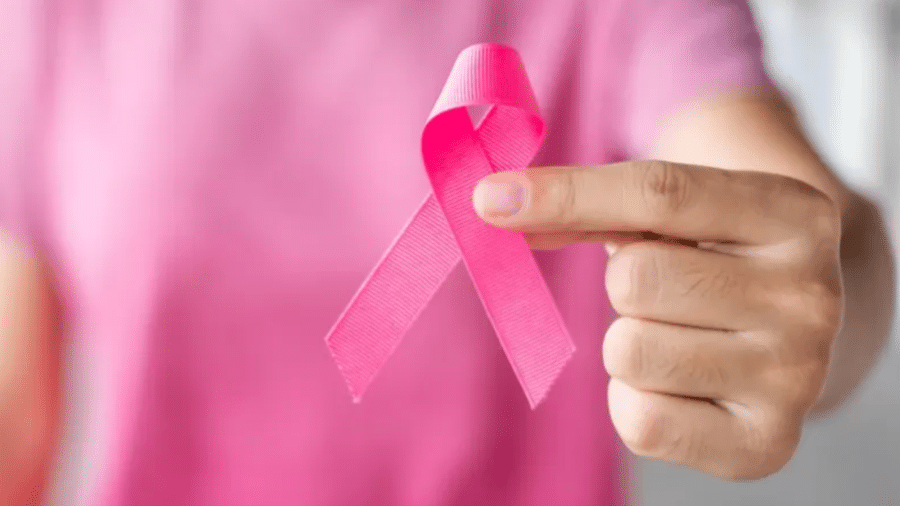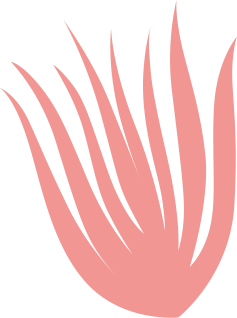The Pink October movement
Breast cancer is the second most recurrent cancer among women. Between 2020 and the end of 2022, a total of 66,280 women per year will be affected by this type of cancer in Brazil. You can understand the size of this fight, can't you?
The Pink October movement began in the United States in the 20th century, when a pink ribbon was distributed to participants in the first Race for the Cure that took place in New York in 1990. At the beginning of the movement, the actions promoted by the states were isolated and always aimed at informing and encouraging mammograms. Later, with the approval of the National Congress, October became the national American month for the prevention of the disease.
It didn't take long before monuments and buildings began to be illuminated with the color - a very understandable and easily replicable language.
In 2002 it was the first time that a Brazilian monument was illuminated in pink, an event promoted by private initiative. Until today, a little more than 20 years later, the movement gains more and more adherence, being celebrated by states, companies, schools and groups of friends. Surely you must have seen it up close or even participated in it.
However, in 1995, Hering had already launched the campaign "Breast Cancer as Fashion's Target", which sold more than 400,000 pieces that year, entering the book of records. Originally, the campaign was created by the fashion designer Ralph Lauren and replicated in several countries around the world. In Brazil, this was a pioneering campaign and of great relevance in the fashion market. A great example of ESG social action.

The idea of the campaigns related to breast cancer, especially during the month of October, is to make the general public, especially women, aware of the risk factors, the protective factors, and the early detection measures related to breast cancer.
Really, we find it difficult that the month of October arrives without women stopping for at least a second to think about whether their exams are up to date.
Actions taken
Let's agree that if there is a remarkable characteristic of Brazilians it is creativity, isn't it? To remember the Pink October movement, there are plenty of actions adopted by supporters, whether they are groups of friends, companies, or public entities. We see it all around! Here are some examples:
- The pink challenge: the company invites all employees to wear the color pink and take pictures that color their social network feeds. And, even if the companies do not take any action, the employees themselves are the ones who organize themselves by reserving a special day for everyone to work matching;
- The lighting: it is not difficult to go around the city and see some buildings, monuments, and even shopping centers "wearing" pink. At the beginning of the month we wonder why, but it doesn't take long to remember that it is the month dedicated to women's health;
- Oh, and there are inspiring stories too. Many organizations collect testimonials from women who have beaten the disease. Almost always they talk about their battles, the importance of having discovered the disease in time to treat it, or show regret for not paying more attention to themselves when they could, and how they see life after the disease;
- Some organizations, sporting or otherwise, promote health through a race dedicated to movement. Participants of all genders are welcome, since the disease, even if less frequently, can affect males as well;
- A day entirely dedicated to beauty. Many companies promote in their structures days dedicated to the beauty and well-being of women, with everything they are entitled to: massage, hairdressing, manicures, pedicures, and they also include in the program educational lectures on the theme;
- Mammography screening: it is not uncommon to see public or private health agencies, eventually with the encouragement of private enterprise, subsidizing preventive examinations for screening the disease. A very effective way of helping women and getting to the point.
How to protect yourself
If you want to reduce your chances of joining the statistics, take note of these tips:
On average, more than 60,000 women are affected by breast cancer each year. Of these, 28% could have been prevented through healthier lifestyle habits.
- Try to maintain a healthy body weight;
- Be physically active;
- Avoid alcoholic beverages;
- Maintain a healthy diet, decreasing consumption of ultra-processed foods;
- Stay away from cigarettes;
- Breastfeed exclusively until the 6th month and, if possible, until the age of two or more;
- Avoid exposure to carcinogens at work.
Several economic activities and occupations expose women to a higher risk of developing breast cancer at some point in their lives. Professions such as radiology technicians, farmers, and night shift workers in general are the most prone categories. The cases of these women are entirely preventable with the elimination of the main carcinogens in the work environment and amount to 5.13% of the total.
Reflection
During the month of October, women are reminded about their health, whether through actions taken by their companies, public and private events, and even actions taken among friends. And, let's face it, who doesn't like to feel a little bit taken care of or to participate in a day entirely dedicated to their well-being?
All actions are very valid and there is no question about it. If a single woman becomes aware of her health and manages to prevent breast cancer, everything will have been worthwhile... But is all this enough to preserve women's lives?
The discussion about women's lives also involves gender equality - and we are not just talking about the number of women working in companies, equal pay, or the presence of women in leadership positions, but deeper layers such as understanding and respecting differences.
Who has never heard a toxic comment in the workplace about an employee who has become pregnant or had to take time off to take care of her sick child?
Too often we see women being fired during their maternity leave or soon after they return. If you are a woman who has been on maternity leave, you have certainly wondered at some point if your place was taken by someone else at the end of the leave or if you would yield as much as expected. Even if you have not been laid off, there are very few companies that offer a suitable environment, for example, to milk the breast milk for the child who has stayed at home. If there is time available for the extraction, there are still doubts as to whether it is correct to choose to use it for this purpose or to exchange it for 1 hour less on the workday during the first fifteen days. And whatever the choice is, it is accompanied by a twisted nose from those above, including the women themselves.
Even if we talk about women who are not mothers, with attributions of the functions of the positions occupied by them, it is always hidden the need to be constantly reaffirming their importance and competence, yet there is no pay parity. A woman who is an excellent professional needs much more effort to convince her superiors and peers of her capabilities than a man with the same qualities. This is yet another mental burden that is directly linked to the health of these people and that could be avoided with public or internal policies that respect gender equity.
And when we talk about women, we need to cover all existing genders and sexual orientations. All people are susceptible to being victims of breast cancer.
It is a fact, the need for periodic exams exists and there is no way to argue. The actions are very important, but they are just one more of those differences to be respected.
More than awareness actions specifically related to breast cancer prevention, take care of the female employees in your company and understand their needs. Many times, women themselves forget all this when they hold leadership positions, precisely so that they keep reaffirming their importance, often masculinizing their attitudes in order to be recognized as good Leaders.
















